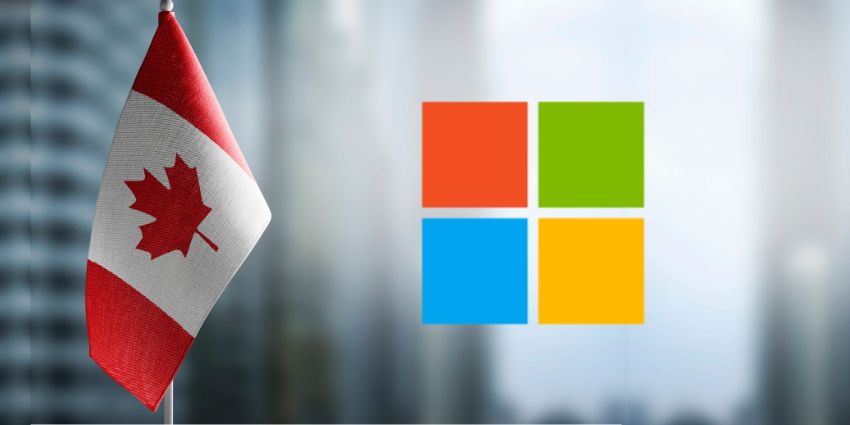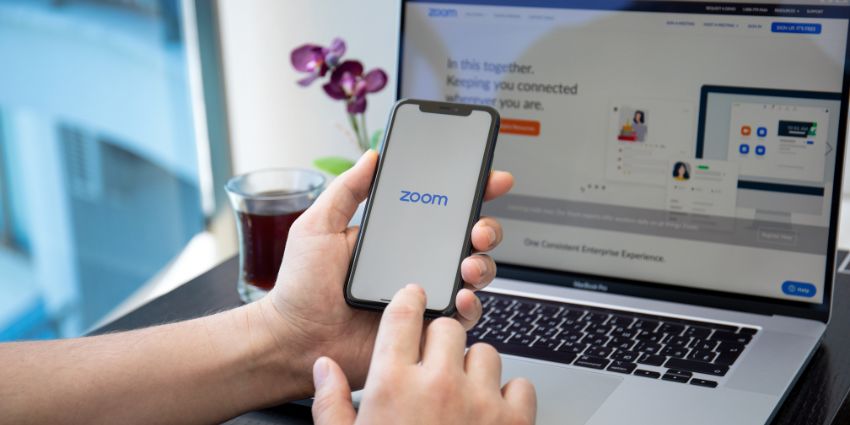Following a call with investors, Twilio stock rose nearly 25 percent. This is because the CPaaS leader reported its first-quarter results along with quarterly guidance – both soared beyond what analysts had anticipated. Here’s what the company reported, adjusted earnings of six cents per share, and revenue of $364.9 million.
Jeff Lawson, CEO, Twilio, said revenue grew 57 percent year-over-year, down from 62 percent growth in the previous quarter. Twilio said it had over 190,000 active customers as of March 31, 2020. Analysts at FactSet had predicted 185,595. Analysts at Refinitiv anticipated losses of 11 cents per share (adjusted) along with $331.25 million in revenue.
Lawson, looking ahead to Q2 of 2020, said there are some losses in the company’s future, to the tune of 11-to-8 cents per share (adjusted), with $365 million to $370 million in revenue. Analysts at Refinitiv predict adjusted loss of 13 cents per share on $336.9 million in revenue.

Lawson said on the call, Twilio was built for moments like the COVID-19 period and acknowledged the company’s experienced declines. The ride-sharing market is likely the primary cause of the decline. Brands Lyft and Uber leverage Twilio technology, and both have experienced steep losses due to the pandemic. Where Twilio’s seen its biggest gains – Telehealth and contact center agents who now work from home.
The CPaaS leader recently partnered with ‘Epic,’ one of the largest electronic health record companies in the United States to power a new telehealth solution. The company said the new offering leverages Twilio Programmable Video to enable remote doctor-patient meetings. Twilio and Epic’s embedded solution also lets healthcare providers manage, review relevant patient information, and update clinical documents. A bit closer to home, and across the pond for those in North America, Twilio partnered with Nye Health.
The duo now offers a free remote communications platform that connects patients with general physicians over the telephone and via video. The app and browser-based solution recently scaled from one region in the UK and now expands the entire nation thanks to Twilio’s programmable APIs. Over 10 million UK patients now connect with their general physicians via the free platform. It’s experiencing 200 percent each week, I was told, and the Nye Phone, as it’s called, is National Health Service-compliant.
CPaaS and healthcare could prove to be a fruitful combination. And although telemedicine, telehealth, whatever you want to call it – has existed for years now, it has only recently entered the mainstream, thanks to the use of these advanced APIs companies like Twilio and Flowroute extend. One can reasonably suspect, this will not be the last we hear about an industry that until recently, resided on the fringes of media coverage.
Twilio declined to offer year-round guidance, citing the uncertainty of the coronavirus, and its shares quickly soared following reports of the company’s Q1 results. This all demonstrates Twilio’s ability to excite shareholders in spite of the fact that the company’s revenue growth seems it’s slowing. What does the future hold for Twilio? Only time will tell. That and Twilio’s willingness to change with the times will largely determine any future success and/or failures.







